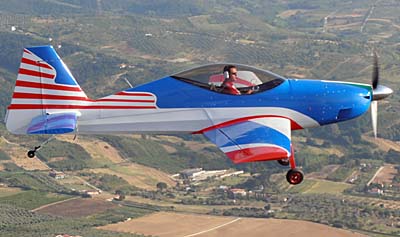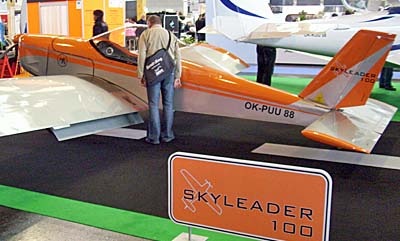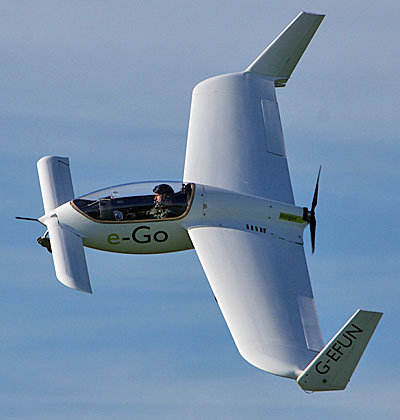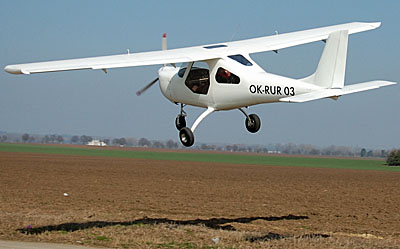Let’s set the way-back machine to two dates and examine the actions of our good friends at FAA. One date was September 1982. Another date was September 2004.

Part 103 is strictly single seat since the two-seat “103 trainers” were forced into ELSA status. Does a market exist for one-place aircraft? I always cite this survey result from AOPA. After many years of asking, the big member group determined the average occupancy of a GA aircraft was 1.6 persons. Since most of these were four seat airplanes, if the average was only 1.6 they must have been flown solo frequently. I will soon post a guest editorial on the subject of single place flying.

So, what’s up with Britain’s CAA and their expansion of SSDR? For those that may not know — after all, why should you track what another country’s government agency is doing? — the UK’s Civil Aviation Authority has been among the very tightest of regulators. Years ago I looked in detail at their ruleset for weight shift trikes, and oh, my goodness, this was a thick book those manufacturers had to meet. It was so daunting that it may have been the beginning of the end for the once-vibrant trike building industry in merry old England.
Aircraft developer Graham Smith wrote, “[Our] CAA announced this initiative by way of a consultation. Nobody knows why they suddenly decided to go down this road. They have the reputation of being the most conservative regulator in the world.”

“The main reason the CAA gave for changing the rules was to stimulate innovation and by picking a unique design code it would avoid sucking in a load of imports and motivate the local manufacturers. The question now was how can we best take advantage of the new freedom?” (I will have more on Graham’s answer to this in a later article.)

The “Dereg” category, to use Graham’s shorthand, is very simple. CAA said, “Any microlight aeroplane [can qualify] that (A) is designed to carry one person; (B) has a maximum take-off mass of no more than 300 kilograms (660 pounds) …” — CAA allows 315 kilograms (693 pounds) when equipped with a mounted airframe parachute or 330 kilograms (726 pounds) for a single seat amphibian or floatplane. The last element is, “(C) … a stall speed or minimum steady flight speed in the landing configuration not exceeding 35 knots (40 mph) calibrated airspeed.” However, CAA cautioned, “… many aircraft with indicated stall speeds below 35 knots have calibrated stall speeds well above that figure.”
How does England’s CAA administrate this SSDR 300? They use a declarative system much like FAA originally specified with the LSA category. CAA stated, “The aircraft owner makes the declaration that their aircraft meets the requirements, i.e., … falls with the maximum take-off mass and maximum stall speed.”
CAA also noted that an existing two seaters can be made into a single seater to qualify so long as it meets the criteria referenced above. No annual inspection is required. Self launching motorgliders are also included but CAA drew the line at rotorcraft, allowing only fixed-wing aircraft, flex-wing (trikes), and powered parachutes. Neither is commercial use allowed.
In my opinion, this is an innovation-inspiring new rule and I commend CAA for talking this bold step. So, FAA … ?


Leave a Reply